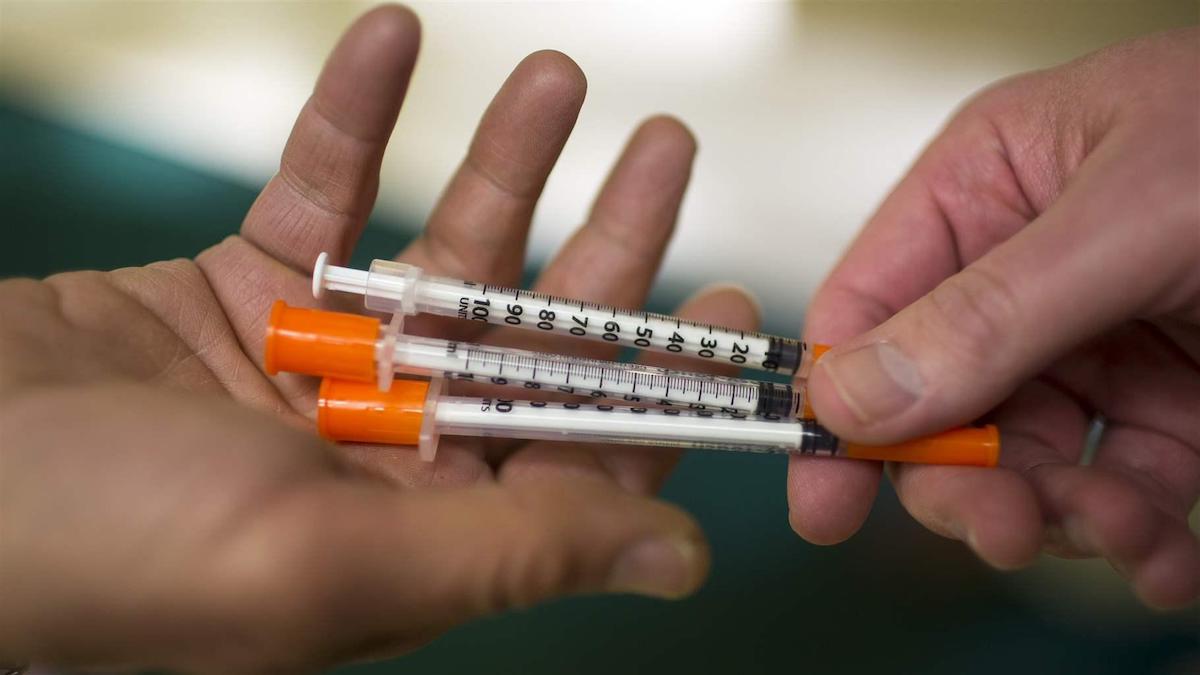Vending machines have proven to be an unexpected but largely successful harm reduction tool in numerous countries. In jurisdictions such as New York and Canada’s capital city of Ottawa, various groups have set up the machines—which generally provide supplies for free, rather than selling them—as a way to give people who use drugs key tools such as syringes, pipes and naloxone. They have the added benefit of anonymity, which some people who use drugs prefer over interacting with another person to get the items.
There are other potential benefits as well. New research out of Australia, published in the Harm Reduction Journal, suggests that the vending machine sites could be a point of contact between people who use drugs and hepatitis C testing and treatment. In short, members of medical or harm reduction organizations could set up near the machines and offer people referrals or contact details for hepatitis C services. In the research, some respondents expressed support for this idea. However, others appeared to be deterred by the presence of people there, indicating that they viewed the machines as private spaces, and preferred to avoid personal engagement in that setting.
“We were just trying to see if we could understand more about the people using the machine,” Carolyn A. Day, associate professor in addiction medicine at the University of Sydney and one of the authors of the paper, told Filter.
The teams included peer workers, and offered vouchers for research participation or hep C testing and treatment uptake.
The research began in 2020. It focuses on a particular harm reduction vending machine located near the emergency department and public opioid treatment program in the Royal Prince Alfred Hospital, a large teaching hospital in inner-city Sydney. Established in 2013, the machine provides free sterile syringes in an effort to prevent blood-borne disease transmissions through shared needles.
First, the team looked at footage from a nearby CCTV camera—present because the machine is in a hospital—over a random two-week period to get a sense of the number of people who made use of the machine, and the times of day they used it. According to Day, the footage didn’t contain enough detail to identify any of the people using the machines.
The researchers saw 428 cases of people using the machine during the two-week period, mostly between around 8 am and 8 pm, with Saturday the busiest day. The next stage of the study involved having researchers sit near the machine—predominantly at times when it was expected to see the most traffic—for a period of 10 weeks.
These teams included peer workers, and offered vouchers for research participation or hep C testing and treatment uptake. They would either ask to survey or interview the people who made use of the machine, or—if the person seemed apprehensive of their presence—leave them alone. “If someone clearly, through their body language, did not want someone to speak with them, we respected that,” Day said. “But generally, we did try to reach many people. Our response rate was not what we necessarily would have hoped because some people just wanted to remain private.”
In all, the researchers came away with 70 surveys answered and 15 interviews. In the surveys, 61 percent of respondents reported having received hepatitis C testing in the past six months, and 38 percent reported having had hepatitis C treatment. Further, from the fieldwork, the researchers found that there is potential to use harm reduction vending machines as a way to engage with people who use drugs and refer them to hepatitis C treatment or testing.
Some people approached the researchers and engaged in long conversations. Sometimes they would recognize the peers who were present, and sometimes, the researchers wrote, “the expertise of peers regarding injecting practices was gratefully received by people using the [machines] and assisted with building trust.”
For many people, it’s the very anonymity of the machines that makes them accessible.
However, the researchers also found that most of the people who used the machine were not willing to interact with them. As they noted in their published paper, past research “suggests women may experience gender-specific barriers to [hep C] care, and may be reluctant to access face-to-face drug health services because of stigma and concerns about child protection.” And respondents in some of the interviews expressed concerns over privacy.
“I just try to be as quick as possible and look around and try to avoid being seen by people,” Kate, a 49-year-old woman who uses heroin, told the researchers.
“There’s cops all over the footpath outside having a smoke or whatever and I’m just off my chops and I’m thinking, ‘Look, I just don’t want to talk to them today,’” said Paul, a 41-year-old man who uses methamphetamine.
There were even occasions when the researchers believed that their presence may have deterred a person from using the machine. As such, trying to offer hepatitis care at these locations might be viewed as an encroachment—for many people, it’s the very anonymity of the machines that makes them accessible.
According to Day, the research suggests that harm reduction vending machines should continue to be available in a discreet way, and there may also be a need for more of them in more private locations to meet people’s needs. There could also be value, however, in putting information about hepatitis C treatment and testing on the machines themselves—possibly available through QR code—or together with the items in the machines.
“From a service perspective, it’s that balance between fully respecting people’s desire to be anonymous, [enabling them to use the machines] in a way that protects their anonymity,” she said. “But at the same time, we want to make sure we’re providing them enough information and enough opportunity for low-threshold access to some of the services if that’s what they desire.”
Photograph via US Department of Veterans Affairs





Show Comments